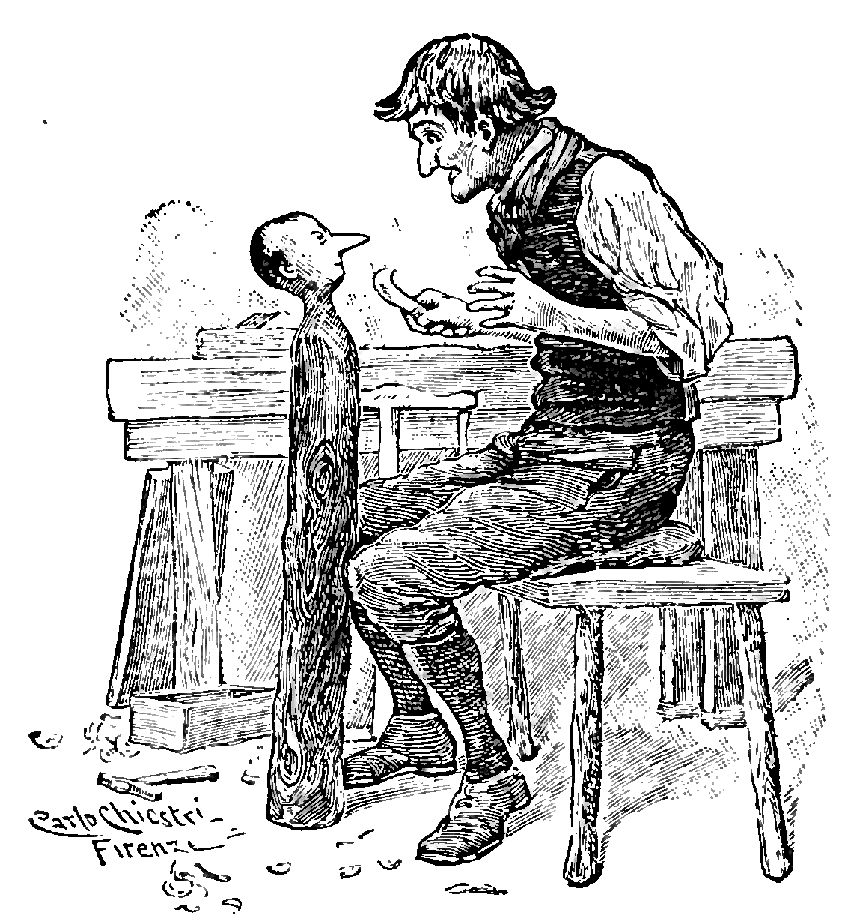|
The Fox And The Cat (fable)
The Fox and the Cat is an ancient fable, with both Eastern and Western analogues involving different animals, that addresses the difference between resourceful expediency and a master stratagem. Included in collections of Aesop's fables since the start of printing in Europe, it is number 605 in the Perry Index. In the basic story a cat and a fox discuss how many tricks and dodges they have. The fox boasts that he has many; the cat confesses to having only one. When hunters arrive with their dogs, the cat climbs a tree, but the fox thinks of many ways without acting and is caught by the hounds. Many morals have been drawn from the fable's presentations through history and, as Isaiah Berlin's use of it in his essay "The Hedgehog and the Fox" shows, it continues to be interpreted anew. History The fable contrasts the fate of one animal proud of the many stratagems at its disposal with another possessing one simple trick. In time of danger it is that one trick that proves more effect ... [...More Info...] [...Related Items...] OR: [Wikipedia] [Google] [Baidu] |
The Adventures Of Pinocchio
''The Adventures of Pinocchio'' ( ; it, Le avventure di Pinocchio ; commonly shortened to ''Pinocchio'') is a children's fantasy novel by Italian author Carlo Collodi. It is about the mischievous adventures of an animated marionette named Pinocchio and his father, a poor woodcarver named Geppetto. It was originally published in a serial form as ''The Story of a Puppet'' ( it, La storia di un burattino) in the ''Giornale per i bambini'', one of the earliest Italian weekly magazines for children, starting from 7 July 1881. The story stopped after nearly 4 months and 8 episodes at Chapter 15, but by popular demand from readers, the episodes were resumed on 16 February 1882. In February 1883, the story was published in a single book. Since then, the spread of ''Pinocchio'' on the main markets for children's books of the time has been continuous and uninterrupted, and it was met with enthusiastic reviews worldwide. A universal icon and a metaphor of the human condition, the book is ... [...More Info...] [...Related Items...] OR: [Wikipedia] [Google] [Baidu] |
